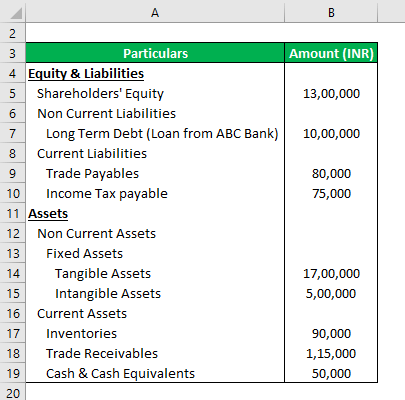How to calculate pooled variance

Pooled variance is a useful statistical tool that combines the variances of two or more independent samples to create an estimate of the overall population variance. This method is often used when conducting hypothesis tests, such as comparing means between two or more groups, and can provide a more accurate result than calculating variance separately for each sample. In this article, we will discuss the concept of pooled variance, its benefits, and the step-by-step process of calculating it.
Benefits of Pooled Variance
1. Improved accuracy: Pooled variance takes into account the variance within all samples rather than relying on individual sample variances. This ensures that the overall result is a better representation of the true population variance.
2. Simplification: When conducting hypothesis tests with multiple samples, pooled variance streamlines the process by providing a single value for use in calculations, making it less complex and more manageable.
3. Applicability: Pooled variance can be used in various statistical analyses such as t-tests, analysis of variance (ANOVA), and regression analysis.
Calculating Pooled Variance
To calculate pooled variance, follow these five steps:
1. Obtain data for two or more independent samples:
Make sure the data you’re working with comes from independent samples drawn from different populations.
2. Determine sample sizes and calculate individual variances:
Compute sample size (n) for each group and compute the individual variances (s²) using standard statistical formulas.
Sample Variance Formula:
s² = Σ(x – x̄)² / (n – 1)
Where Σ represents the summation, x stands for an individual data value within the sample, x̄ is the mean of that sample’s data values, n refers to the size of that particular sample, and s² is the calculated variance.
3. Calculate sum of squared differences (SSD):
For each sample, multiply the individual variance (s²) by its respective sample size minus one (n – 1). Then sum up these products across all samples.
SSD = Σ[(n – 1) × s²]
4. Compute total number of degrees of freedom:
Add together the degrees of freedom from each sample, where the degrees of freedom are equal to n – 1 for each sample.
Total Degrees of Freedom = Σ(n – 1)
5. Calculate pooled variance:
Divide the sum of squared differences by the total number of degrees of freedom to get the pooled variance (sp²).
Pooled Variance (sp²) = SSD / Total Degrees of Freedom
Conclusion
In summary, pooled variance is a valuable statistical tool that combines variances from multiple samples to create a better estimate of overall population variance. When implemented correctly during hypothesis testing or other comparative statistical analysis, pooled variance can simplify calculations and improve the accuracy of your results. With this comprehensive guide to calculating pooled variance, you’ll now be better equipped to tackle your next statistical analysis project with precision and confidence.






